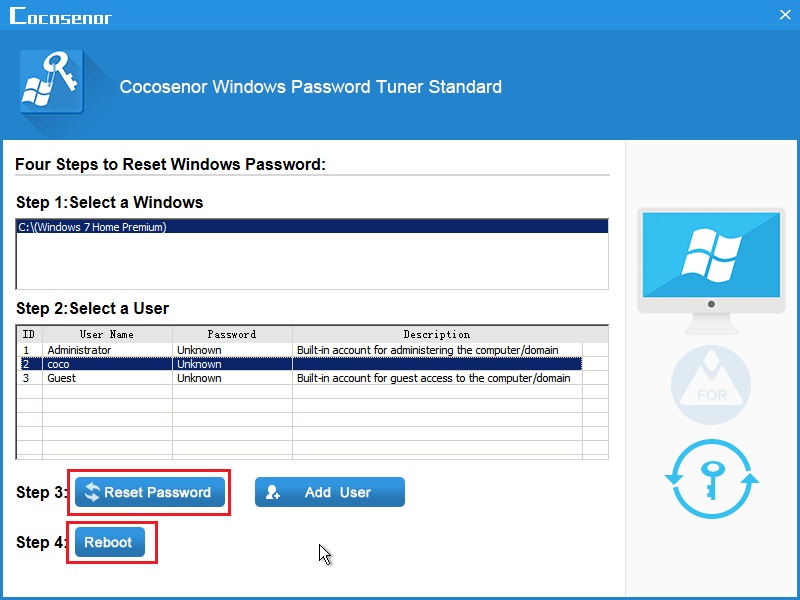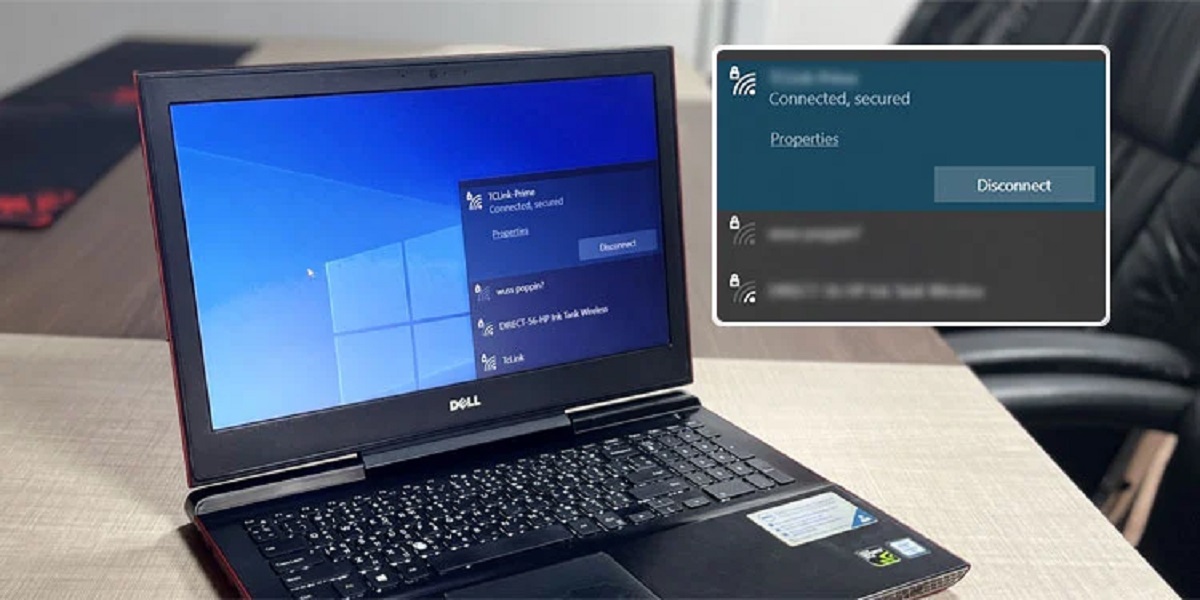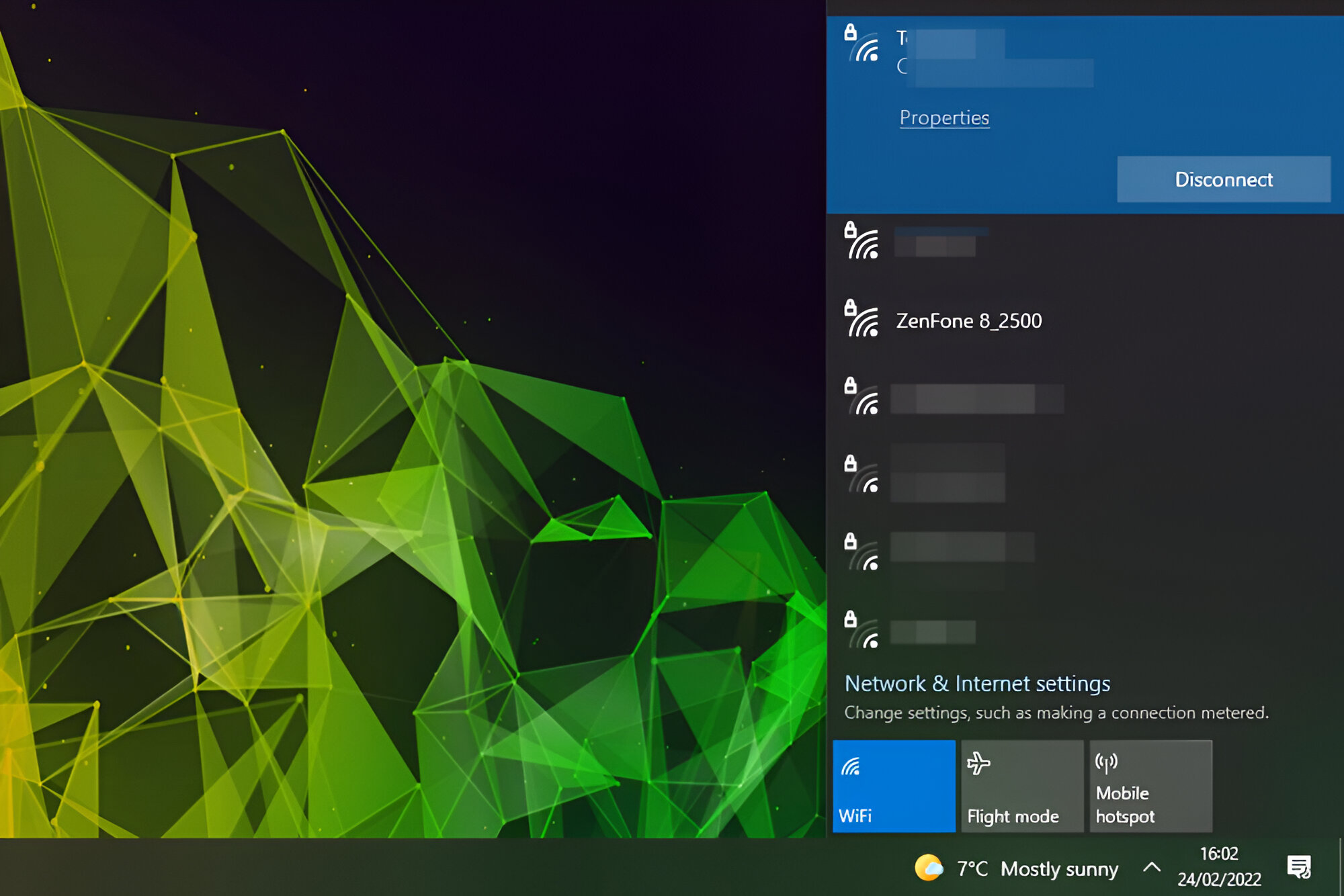Introduction
Welcome to the guide on how to reset the password on a Dell laptop. It can be frustrating and worrisome to forget or lose your laptop password, but fear not! With a few simple steps, you can regain access to your Dell laptop and get back to using it in no time.
Having a strong password is essential for protecting your data and keeping your personal information secure. However, sometimes you may find yourself in a situation where you need to reset your password, whether it’s because you’ve forgotten it or because someone else has gained unauthorized access to your laptop. Whatever the reason may be, resetting your password is a relatively straightforward process that can be done using the command prompt in Safe Mode.
In this guide, we will walk you through the step-by-step process of resetting the password on your Dell laptop. Before we begin, it’s important to note that this guide is specifically for Dell laptops running the Windows operating system. The exact steps may vary slightly depending on the model of your Dell laptop and the version of Windows you are using, but the general process should be the same.
Please keep in mind that resetting the password on your laptop will require administrative privileges. If you do not have administrative access, you may need to contact the laptop’s administrator or seek professional help. Additionally, it’s worth mentioning that resetting the password will not delete any of your files or data stored on the laptop. It simply allows you to regain access to your user account.
Now that we’ve covered the basics, let’s dive into the step-by-step process of resetting the password on your Dell laptop. Please follow each step carefully and precisely to ensure a successful password reset.
Step 1: Power on the Dell laptop and press F8 repeatedly
The first step in resetting the password on your Dell laptop is to power it on and then immediately start pressing the F8 key repeatedly before the Windows logo appears. This will bring up the Advanced Boot Options menu, which allows you to access various troubleshooting and recovery options.
When you see the Advanced Boot Options menu, you can release the F8 key. From this menu, you can choose different startup modes to perform specific tasks. The option we are interested in for resetting the password is “Safe Mode with Command Prompt.” This mode loads a minimal set of drivers and services, allowing you to access the command prompt and execute the necessary commands to reset the password.
Using Safe Mode with Command Prompt ensures that unnecessary programs and services are not running in the background, allowing you to focus solely on resetting the password. It provides a clean and minimal environment for troubleshooting and recovery purposes.
It’s important to note that the timing of pressing the F8 key is crucial. If you miss the right timing, the laptop may continue to boot normally into Windows. In that case, simply restart the laptop and try again. Practice makes perfect, so keep trying until you succeed in accessing the Advanced Boot Options menu.
Once you have successfully entered the Advanced Boot Options menu and selected “Safe Mode with Command Prompt,” you are ready to move on to the next step: using the command prompt to reset the password.
Step 2: Select “Safe Mode with Command Prompt” from the Advanced Boot Options menu
After successfully entering the Advanced Boot Options menu by repeatedly pressing the F8 key during startup, it’s time to select “Safe Mode with Command Prompt” as the startup mode for your Dell laptop. This mode will allow you to access the command prompt and execute the necessary commands to reset the password.
Using the arrow keys on your keyboard, navigate to the “Safe Mode with Command Prompt” option in the Advanced Boot Options menu. Once you have selected it, press Enter to continue. Your laptop will now start in Safe Mode with Command Prompt.
Safe Mode with Command Prompt is a specialized startup mode that loads only essential drivers and services, omitting unnecessary programs and applications. This mode allows you to access the command prompt directly, providing a command-line interface for executing commands and performing various troubleshooting tasks.
By selecting this mode, you can bypass the regular Windows login screen and gain direct access to the command prompt, which is essential for resetting the password on your Dell laptop.
It’s worth noting that the visuals and user interface may differ slightly in Safe Mode with Command Prompt compared to the regular Windows desktop. Don’t be alarmed if the screen resolution appears lower or if the graphical elements are different. This is normal behavior for Safe Mode and will not affect the password-resetting process.
With “Safe Mode with Command Prompt” selected, you are now ready to move on to the next step and use the command prompt to reset the password for your Dell laptop.
Step 3: Type “net user” command to retrieve a list of user accounts on the laptop
With your Dell laptop booted into Safe Mode with Command Prompt, you are now ready to retrieve a list of user accounts on the laptop using the “net user” command. This command will display all the user accounts associated with the Windows installation on your Dell laptop.
To begin, type “net user” (without the quotation marks) and press Enter in the command prompt window. This will initiate the “net user” command and retrieve the list of user accounts.
Once you press Enter, you will see a list of user accounts with their corresponding names. This list includes both active and inactive accounts on the laptop. Make note of the exact username of the account for which you want to reset the password.
It’s important to choose the correct username so that you can reset the password for the desired account. Make sure to verify the username before proceeding to the next step to avoid any mistakes.
If you are not familiar with the usernames or have trouble identifying the correct account, take your time to analyze the list. Look for familiar names or user accounts that you frequently use on your laptop. This will help you pinpoint the account for which you need to reset the password.
Once you have successfully retrieved the list of user accounts and identified the target account, you can move on to the next step and use the “net user” command to reset the password for that specific account.
Step 4: Reset the password for the desired user account using the “net user” command
Now that you have identified the username of the account for which you want to reset the password, it’s time to use the “net user” command to actually reset the password.
In the command prompt window, type the following command: “net user [username] [new password]”, without the quotation marks. Replace [username] with the actual username of the target account, and [new password] with the desired new password that you want to set for the account.
For example, if the username is “John” and you want to set the new password as “newpassword123”, your command would look like this: “net user John newpassword123”.
After entering the command, press Enter to execute it. If the command is successful, you will see a message indicating that the command completed successfully.
It’s important to note that the new password must meet the complexity requirements set by your Windows operating system. This typically includes a combination of uppercase and lowercase letters, numbers, and special characters. Make sure to choose a strong and secure password to protect your account.
Once you have successfully reset the password, you can close the command prompt window and proceed to the final step: restarting the laptop and logging in with the new password.
It’s worth mentioning that if you encounter any issues or error messages while executing the “net user” command, double-check that you have entered the command correctly, including the username and new password. If you continue to experience difficulties, you may need to seek further assistance or consult Dell’s official support channels for additional guidance.
With the password successfully reset, it’s time to restart your Dell laptop and log in with the newly set password.
Step 5: Restart the laptop and log in with the new password
After successfully resetting the password using the “net user” command, it’s time to restart your Dell laptop and log in with the new password you’ve set.
To restart your laptop, close the command prompt window by typing “exit” and pressing Enter, or simply click on the “X” button in the top right corner of the window.
Once you’re back at the login screen, enter the username of the account for which you reset the password. Then, enter the new password that you set in the previous step.
Make sure to carefully enter the new password, paying attention to uppercase and lowercase letters, as well as any special characters or numbers you included. Passwords are case-sensitive, so typing errors can prevent you from logging in successfully.
Once you have entered the correct username and the newly set password, click on the “Login” or “Enter” button to proceed.
If you have entered the correct information, your Dell laptop should log you into the user account, granting you full access to your system and all your files and applications.
However, if you encounter any issues logging in with the new password, double-check that you have correctly entered both the username and password. Also, ensure that the new password meets the complexity requirements set by your Windows operating system.
If you continue to experience difficulties logging in with the new password, you may need to repeat the steps and ensure that the “net user” command was executed properly and that the correct user account was selected for password reset.
With the successful login, congratulations! You have now successfully reset the password on your Dell laptop and can continue using it with the new password you’ve set.
Conclusion
Resetting the password on your Dell laptop may seem like a daunting task, but with the step-by-step guide provided, you can regain access to your system in no time. By following the simple instructions to power on the laptop, select “Safe Mode with Command Prompt,” retrieve the list of user accounts, reset the password using the “net user” command, and finally restarting the laptop and logging in with the new password, you can overcome the frustration of a forgotten or lost password.
Remember to exercise caution and precision while executing the commands and ensure that you select the correct user account for password reset. It is crucial to choose a strong and secure password that meets the complexity requirements set by your Windows operating system to enhance the security of your account and protect your personal information.
If you encounter any issues or error messages during the password-resetting process, don’t hesitate to seek further assistance from Dell’s official support channels or consult with a professional for guidance.
We hope this guide has provided you with the necessary knowledge and understanding to successfully reset the password on your Dell laptop. By following these steps, you can regain control of your device and continue using it without any hindrances. Remember to always keep your passwords safe and secure, and consider using password managers that can help you generate and store strong passwords.
Thank you for reading, and we wish you the best of luck in resetting the password on your Dell laptop!

























